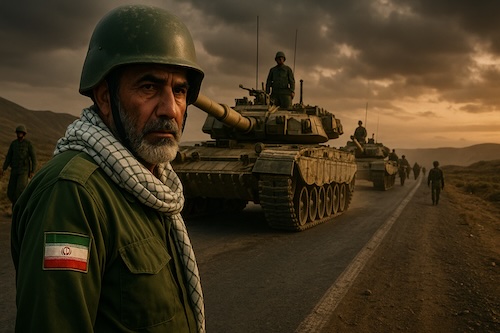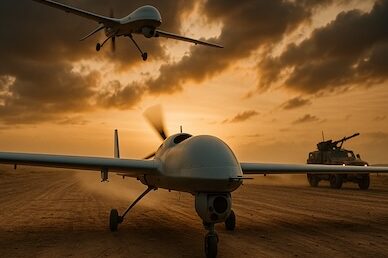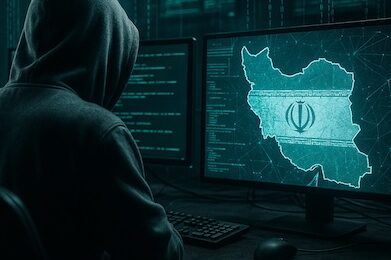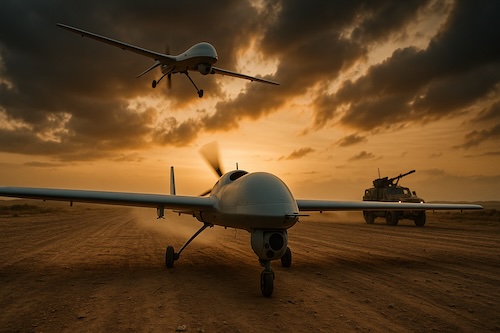Iran’s Military at a Crossroads: Can It Survive the New Era?

Iran’s military now faces its most complex battlefield yet.
The struggle is no longer confined to deserts but has expanded into cyberspace, drone-filled skies, and a world reshaped by advanced technology.
Traditionally, Iran’s armed forces relied on asymmetric warfare and regional proxies. But global military tactics are shifting fast. While Tehran projects strength through ballistic missile programs and militias, new forms of conflict — cyber attacks, drone swarms, and AI-driven defenses — are changing the rules of engagement.
Drones: The New Face of Conflict

Iran has heavily invested in drone technology, often reverse-engineering foreign models.
Recent clashes in Syria, Iraq, and against U.S. bases show that drones are now a central pillar of Iran’s military strategy.
However, serious doubts remain.
Questions about drone quality, coordination, and sustainability persist, especially compared to rising drone powers like Turkey and Israel.
Cyber Warfare: Iran’s Growing but Fragile Front

Since the 2010 Stuxnet attacks crippled its nuclear systems, Iran has expanded its cyber warfare efforts.
Today, Iranian cyber units target regional rivals and Western governments.
Yet experts believe Iran’s cyber capabilities, while aggressive, still lag behind major global players like the U.S., Israel, and China.
Sophistication, resilience, and real-world impact remain significant challenges.
Economic Pressure and Aging Military Equipment
Decades of sanctions have strangled Iran’s efforts to modernize its conventional forces.
Although domestic weapons production has improved, much of Iran’s armored divisions, air force, and naval fleet still rely on Soviet-era and pre-1979 American equipment.
This widening technological gap forces Tehran to double down on asymmetrical tactics — drones, missiles, and proxy warfare — rather than face direct conventional battles.
Regional Shifts: A Strategic Dilemma for Tehran
The Abraham Accords — peace deals between Israel and Arab Gulf states like UAE and Bahrain — have reshaped Middle Eastern alliances.
For Iran, this growing military cooperation between its rivals presents a serious strategic nightmare.
Regional encirclement weakens Iran’s influence in Iraq, Syria, and Lebanon, long considered its backyard.
Tehran must now rethink its geopolitical strategies or risk further isolation.
The Path Forward: Hybrid Warfare and Deterrence
Iran’s military survival will depend on mastering hybrid warfare.
Combining cyber attacks, drone swarms, ballistic missile threats, and proxy forces into one cohesive deterrence strategy is Tehran’s best hope.
Success will no longer depend only on firepower.
Information dominance, psychological warfare, and internal political resilience will be just as critical for Iran’s defense strategy moving forward.
Conclusion: Adapt or Fall Behind
Iran’s military stands at a historic crossroads.
As traditional warfare fades and modern battlefields evolve, Tehran must adapt faster than ever before.
The question is no longer whether Iran can fight —
but whether it can evolve.


Leave a Reply